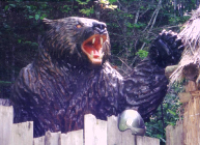Hundreds of acres of cultivable farmland will be cleared to make way for houses as far as the eye can see. In the coming months, Mid Sussex District Council will hear applications from developers wanting to build 1500 houses between the villages of Ansty and Cuckfield. As well as residential properties, there will be shops and amenities in addition to a headline-grabbing 30% allocation of social housing. Whether or not the developments will ever release as much as 30% for social housing remains to be seen, but it needs to be there at the outset..
This major development plan faces problems, however. To begin with the new homes will generate additional demand for water in a part of the world where demand for water is already comparabl;e to desert regions.The loss of 250 acres of farmland is nothing short of disastrous: the UK cannot afford to throw away productive land.


